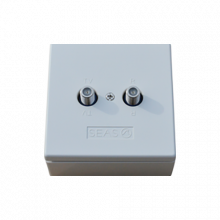
SEAS O-TV/R-F
TV/Radio outlet (incl. cover) (std.) for F-connector
Despite the advancements in digital TV technologies, analog terrestrial TV systems are still used in the maritime segment for various reasons:
Coverage:
Analog terrestrial TV systems can provide coverage over a wider area, including coastal regions and near-shore waters, where digital signals may be weaker or unavailable.
Cost:
Implementing analog TV systems can be more cost-effective, especially for older vessels that may not have the necessary infrastructure to support digital TV reception.
Compatibility:
Many vessels might have older TV equipment that is compatible with analog signals. Upgrading to digital TV systems may require additional investments in new equipment.
Simplicity:
Analog TV systems are relatively straightforward and easier to set up, making them a practical choice for smaller vessels or those without advanced technical capabilities.
Signal Stability:
Analog TV signals are more robust in adverse weather conditions and rough seas compared to digital signals, which can experience signal loss or interference.
Broadcasting Regulations:
Some maritime regions might still rely on analog broadcasting due to existing regulations or the availability of analog TV frequencies.

TV/Radio outlet (incl. cover) (std.) for F-connector
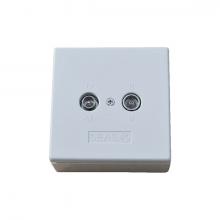
TV/Radio outlet (incl. cover) (std.) for IEC-conn.
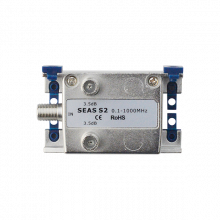
Splitter, 2 way (TV, R) with F-conn.

Splitter, 4 way (TV, R) with F-conn.
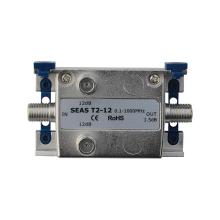
Tap-Off, 2 way (+12dB) (TV, R) with F-conn.
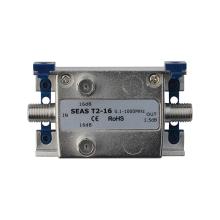
Tap-Off, 2 way (+16dB) (TV, R) with F-conn.
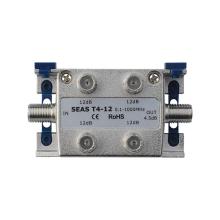
Tap-Off, 4 way (+12dB) (TV, R) with F-connectors
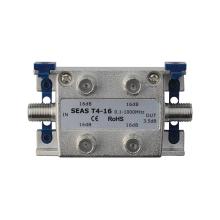
Tap-Off, 4 way (+16dB) (TV, R) with F-connectors
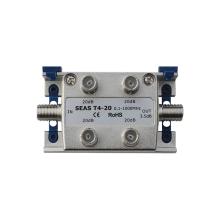
Tap-Off, 4 way (+20dB) (TV, R) with F-connectors